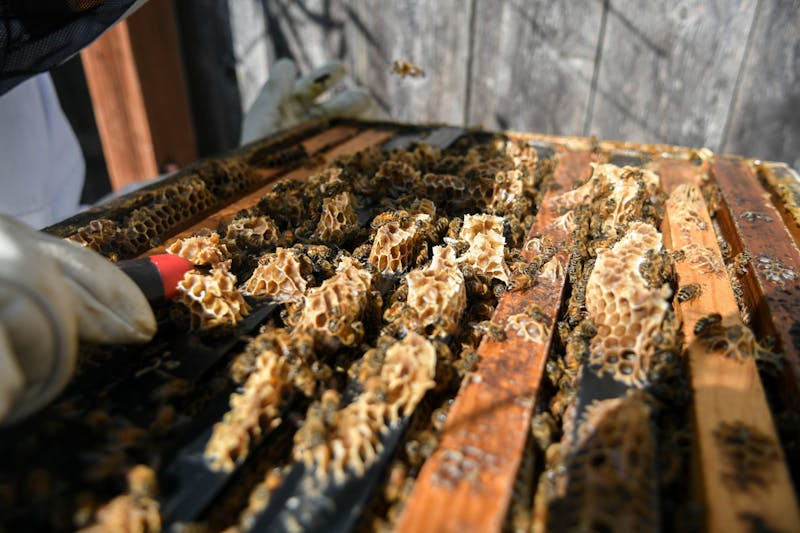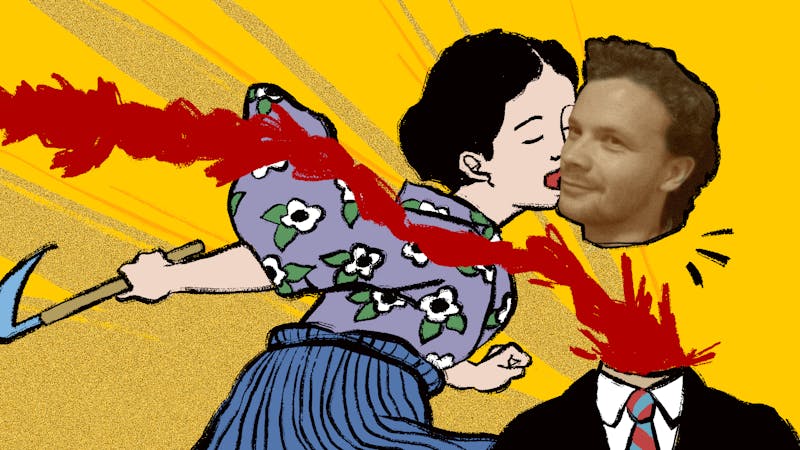Since its inception in 1994, HGTV has made a name for itself by popularizing a genre of shows that mix reality TV and home renovation. Successful programs like Fixer Upper and Love It or List It—which follow charismatic duos on their journey to renovate dilapidated houses—have garnered loyal, almost cult followings. The channel has mastered a formula for viewership which blends aspirational, farmhouse–chic design with just the right amount of witty banter and practical advice. This combination has allowed HGTV to become a cultural hallmark, influencing everything from real estate to home decor.
While for many, HGTV is synonymous with DIY projects, luxury kitchen installations, and exposed brick motifs, the reality of its influence on the home and real estate space has more problematic implications. Beneath the channel’s promotion of house renovation, specifically house flipping—wherein “flippers” revamp properties to resell—lie questions about the communities that are priced out and displaced by these practices. In this context, HGTV’s wholesome before–and–after home reveals give way to a broader conversation about loss of affordable housing and American gentrification.
Flip Or Flop, which ran on HGTV for ten seasons, is at the center of dialogue surrounding the channel’s contributions to the culture of gentrification. The series features formerly married couple Tarek El Moussa and Christina Hall, who, following the real estate crash in 2008, began flipping homes in Orange County, Calif. Each of the show’s 30–minute episodes follow the start–to–finish process of buying, renovating, and selling a neglected home in an up–and–coming area. At the heart of Flip or Flop is the profit; every episode ends with a segment that reveals how much money El Moussa and Hall earn (or lose) from their house flip. Many of the show clips that HGTV posts to its YouTube channel feature titles like “Risky House Flip HUGE profit” and “The Most Profitable Flips of Season 9.”
The majority of the properties that El Moussa and Hall buy are foreclosed homes, meaning the crux of the show rests on the couple’s capitalization off of the housing crisis. The neighborhoods that the couple focuses on are primarily “on the rise” gentrifying areas of Orange County such as Santa Ana, which is historically home to Hispanic and Latino families. It’s important to note that the foreclosure crisis hit Black and Hispanic communities at higher rates than white communities, bringing into question the ethics of a show which capitalizes off of the economic hardships of predominantly minority neighborhoods.
Studies have shown that house flipping can accelerate gentrification by driving up property values and displacing residents. El Moussa found himself directly accused of promoting gentrification after evicting residents from their rent–controlled apartments in North Hollywood. The evictions are meant to make way for the development of a new housing complex in which El Moussa’s investment company, TEM Capital, is highly involved.
Another HGTV power couple at the heart of discussions on gentrification are Chip and Joanna Gaines of the massively popular show Fixer Upper. The couple, who run the remodeling and design business Magnolia Homes, have built an empire that goes far beyond home renovation. Since Fixer Upper first aired in 2013, the Magnolia brand has grown into a national phenomenon which includes its own furniture and Target home decor line, known as Hearth and Hand. Additionally, the Gaineses have launched a television network—Magnolia Network—multiple books, a cookbook, and a magazine—Magnolia Journal.
Maybe the most significant testament to Chip and Joanna’s influence is the way that they’ve transformed their home of Waco, Texas into a tourist destination. In Waco, two enormous silos serve as the focal point of a wonderland of everything Magnolia—multiple boutiques and shops, a bakery, cafe, restaurant, and hotel, all of which are owned by the Gaineses. Magnolia’s influence on Waco is undeniable, especially as it employs more than 750 people in the Texas town. Beyond that, the couple has continued to expand Magnolia throughout Waco by purchasing a CrossFit gym—which was turned into the coffee shop Magnolia Press—a museum, a 6,700–square–foot stone castle, a Karem Shrine building, and a Presbyterian church.
Although the “Magnolia effect” has undoubtedly made Waco much more economically vibrant than it was ten years ago, some residents are wary of which communities are the ones benefiting from the wave of new development. “Development has a ripple effect, and I don’t want to see gentrification where people are displaced from homes their families have had for generations,” Nancy Grayson, former “Wacoan of the Year” and school superintendent, tells Baylor Magazine.
“There are so many old preconceptions of East Waco — that it’s dangerous, that it’s whatever,” Cuevas Peacock, a community organizer with Grassroots Community Development, tells Buzzfeed News. “I feel safer in East Waco than anywhere in town. I feel more empowered in East Waco than anywhere else. Which is why whoever is doing the development there, they need to be intentional. These communities, they’re used to being left out. It takes time to get people to trust that it might be different this time.”
Cultural commentary on the moral gray area of reality TV and house flipping empires appears in the Nathan Fielder and Emma Stone comedy series The Curse. The show takes the questionable ethics of home improvement TV and magnifies it through the kind of satire and cringe comedy that Fielder is known for. It follows a newlywed couple as they struggle to bring sustainable housing to the town of Española, hoping to turn their work into an HGTV series called “Flipanthropy” along the way. Melanie McFarland writes for Salon: “‘Flipanthropy’ is essentially ‘Fixer Upper’ with a comically massive injection of white guilt paired with saviorism.”
The Curse holds up a mirror to the moral complexities that lie beneath the surface of HGTV’s feel–good programming. It asks the kinds of questions that residents of gentrified neighborhoods have already been asking: Who truly benefits from property improvements and house flipping? How can we balance economic revitalization with the preservation of community identity and history? Can renovation for profit genuinely coexist with the wellbeing of the longtime residents of the neighborhoods in which it takes place? Or are these HGTV shows simply promoting “Flipanthropy"?






